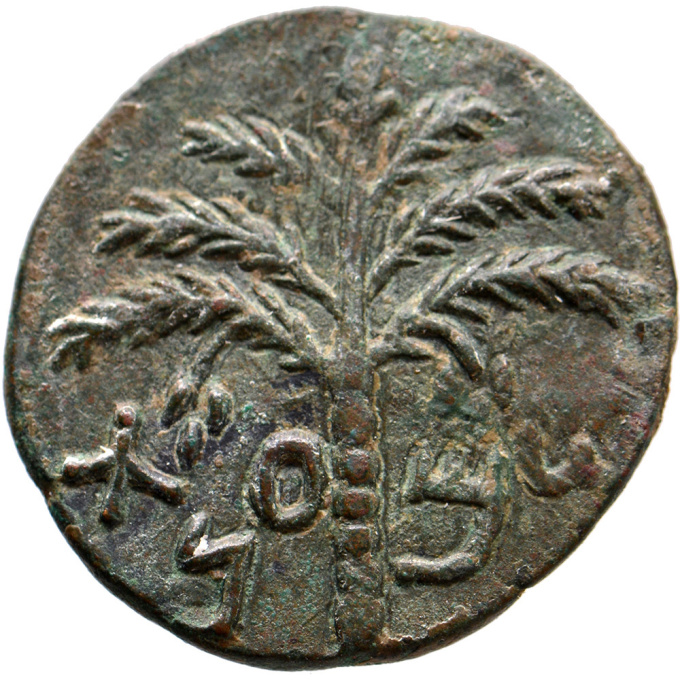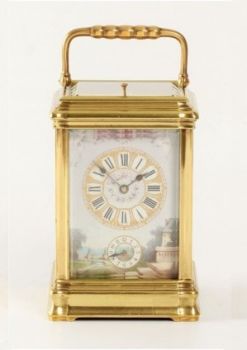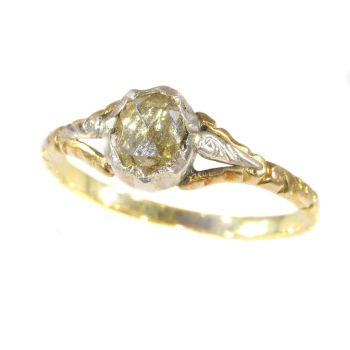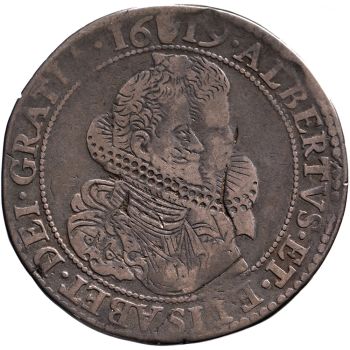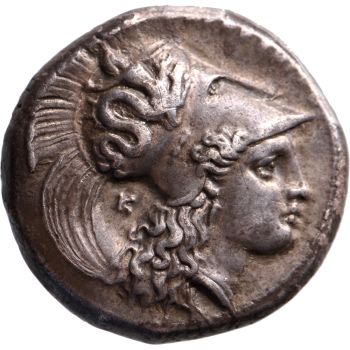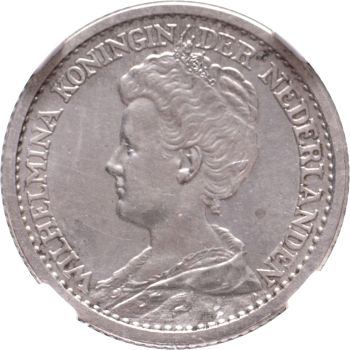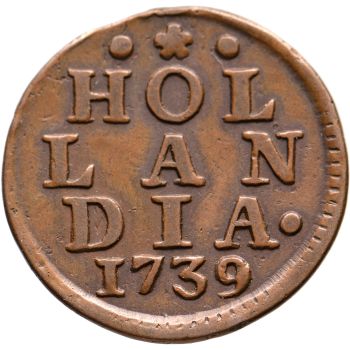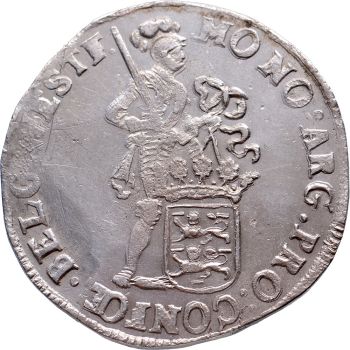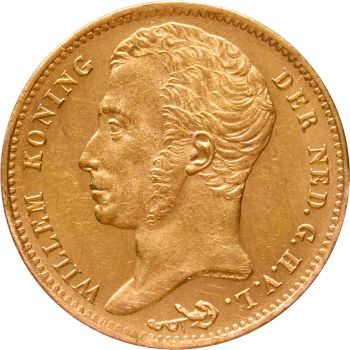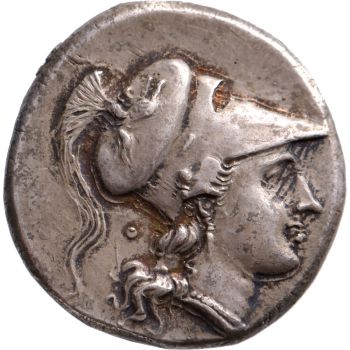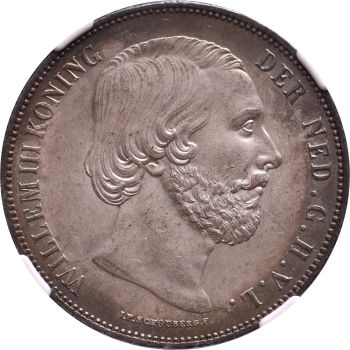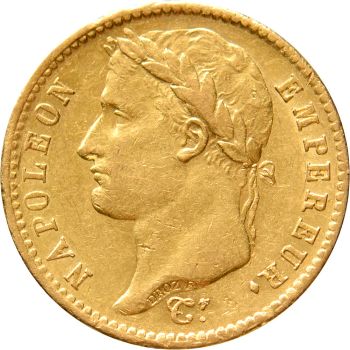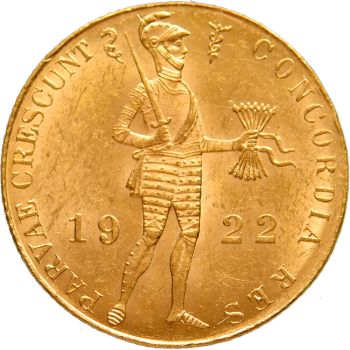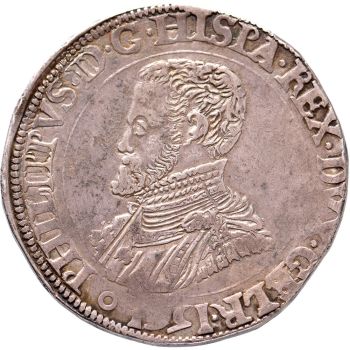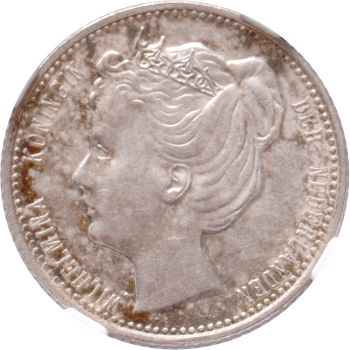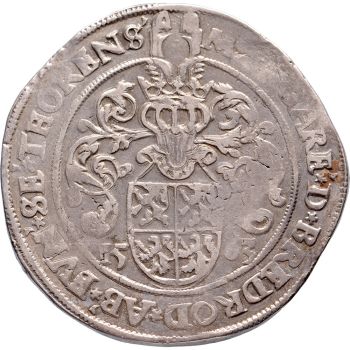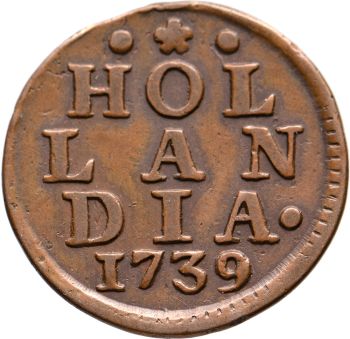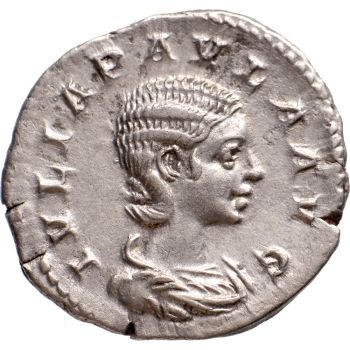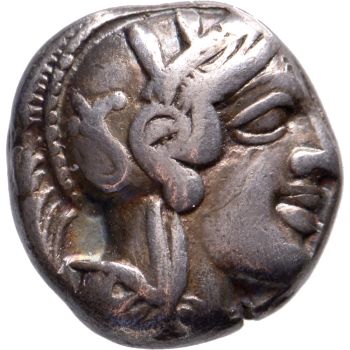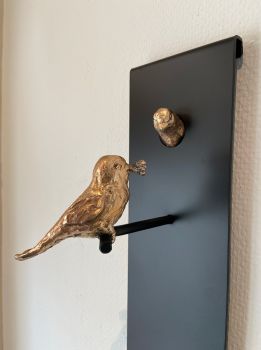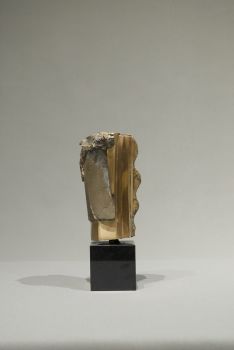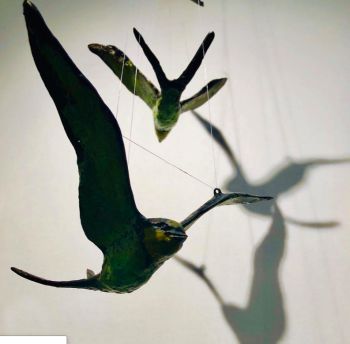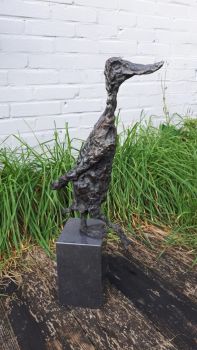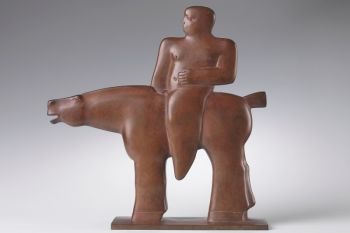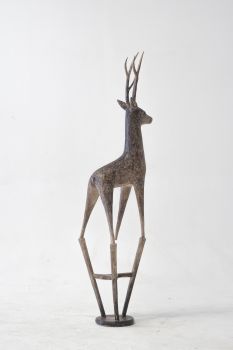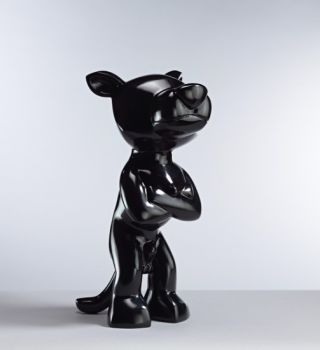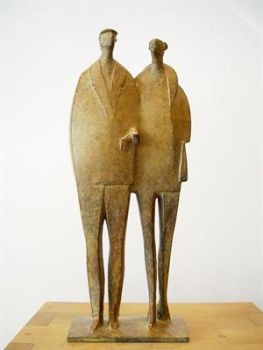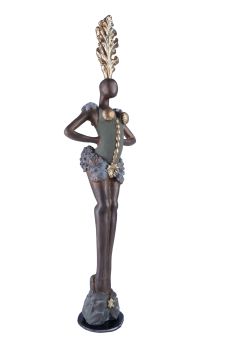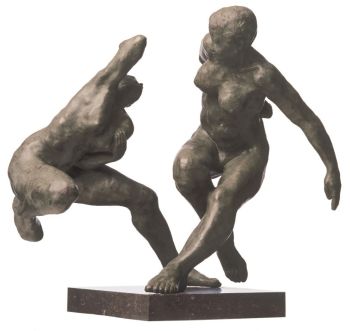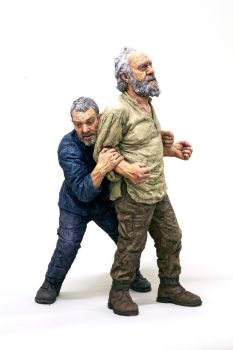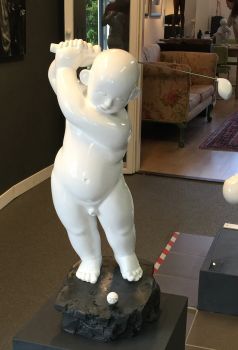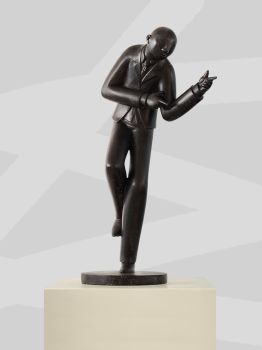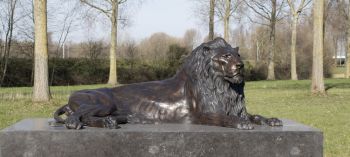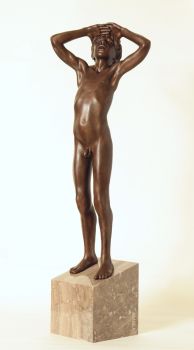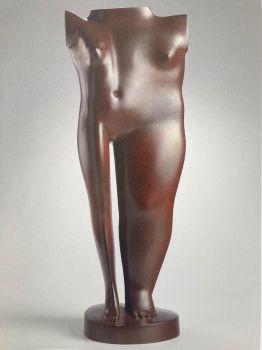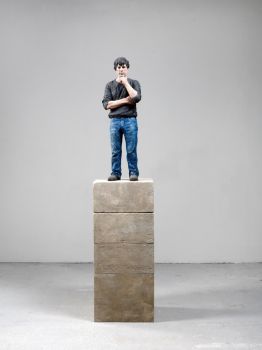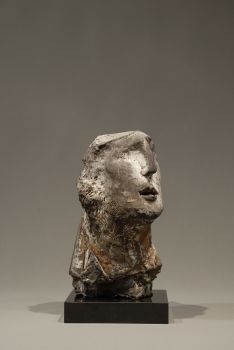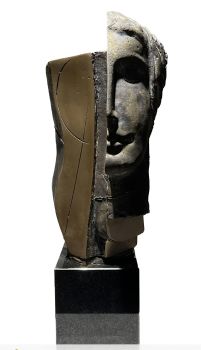Judaea, Bar Kokhba Revolt, AE Larger Middle Bronze, undated year 3 134 - 135
Artista Sconosciuto
BronzoMetallo
Attualmente non disponibile tramite Gallerease
- A proposito di opere d'arteObverse: ŠM / ’WN (Shimon) in the fields beneath a palm tree
Reverse: L-H-R-W-T YR-WŠL-M (for the freedom of Jerusalem) around a large vine leaf
Ex Samel Collection, bought pre 1993, most probably between the 1960s and 1980s.
Lovely quality for the type
The Samel Collection
The Polish-Jewish siblings Josef Samel (1913-2015) and Angela Arluk (1920-2015) shared a passionate interest in the history of the Jewish people. In the course of the 1960’s they got the idea of compiling a coin collection which reflects the history of the people of Israel. Within a few decades they created one of the most important collections of Jewish coins. The collection covered the history of the Jewish people from the 6th century BC until the present day.
Bar Kokhba Revolt
The Bar Kokhba revolt was a rebellion of the Jews of the Roman province of Judea, led by Simon bar Kokhba, against the Roman Empire. Fought circa 132–136 AD, it was the last of three major Jewish–Roman wars. Shortly after the outbreak the insurgents initiated the minting silver as well as bronze coins. The silver coinage consisted of two denominations: the sela (a tetradrachm of around 14 g) and the zuz (a drachm of around 3.3 g). The bronze coins included large, medium and small coins. The legends were written in Paleo-Hebrew characters.
Weight: 6.29 g
Grade: Extremely Fine
Reference: Hendin no. 1437; Kaufmann no. 37; Meshorer, Treasury 254 no. 292; Mildenberg – (O11/R-) - A proposito di opere artista
Può succedere che un artista o un creatore sia sconosciuto.
Alcune opere non sono determinate da chi sono state realizzate o sono state realizzate da (un gruppo di) artigiani. Esempi sono statue dell'antichità, mobili, specchi o firme non chiare o leggibili ma anche alcune opere non sono affatto firmate.
Inoltre puoi trovare la seguente descrizione:
•"Attribuito a …." A loro avviso probabilmente opera dell'artista, almeno in parte
•“Studio di ….” o “Officina di” A loro avviso un'opera eseguita nello studio o nella bottega dell'artista, eventualmente sotto la sua supervisione
•“Cerchio di…” A loro avviso un'opera del periodo dell'artista che mostra la sua influenza, strettamente legata all'artista ma non necessariamente al suo allievo
•"Stile di..." o "Seguace di..." A loro avviso un'opera eseguita nello stile dell'artista ma non necessariamente da un allievo; può essere contemporaneo o quasi contemporaneo
•“Modalità di…” A loro avviso un'opera nello stile dell'artista ma di epoca successiva
•"Dopo …." A loro avviso una copia (di qualsiasi data) di un'opera dell'artista
•“Firmato…”, “Datato…” o “Iscritto” A loro avviso l'opera è stata firmata/datata/inscritta dall'artista. L'aggiunta di un punto interrogativo indica un elemento di dubbio
•"Con firma....", "Con data...", "Con iscrizione..." o “Riporta firma/data/iscrizione” a loro avviso la firma/data/iscrizione è stata aggiunta da qualcuno diverso dall'artista
Artwork details
Related artworks
- 1 - 4 / 12
- 1 - 4 / 24
- 1 - 4 / 24

